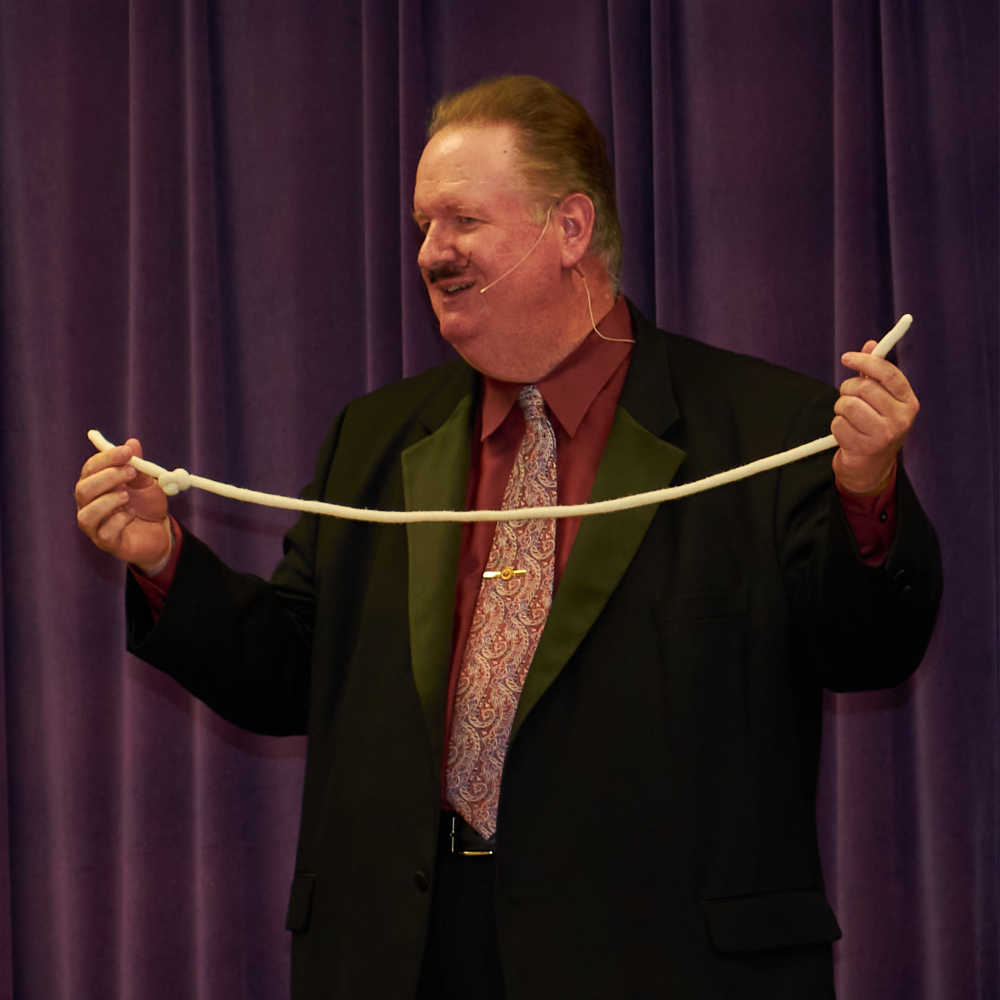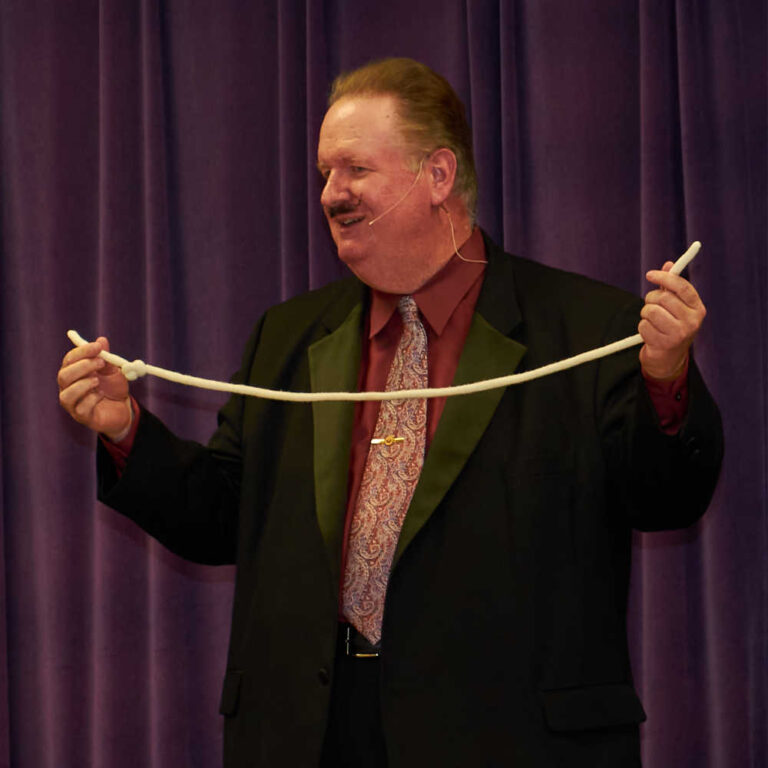In the last article, I described a mechanical model for interpreting the experience of magic and mentalism. I contend that the mechanical model presents a flawed picture of what is really happening. Another model for the interpretation of the magical experience is seen in Figure 2. This model, while similar to the first model in basic structure, has some important differences.

The concept of method has been expanded to include not just the external tools and actions of the performance, but also some the internal perceptions of both the performer and the audience. Restricting the idea of method to only the physical action ignores two key concepts. First, the attitude and mental state of the performer can play a key role in the ultimate experience of the audience. Second, there are many important techniques which allow the performer to influence the perceptions of people in the audience. While not as easy to manipulate as physical objects, the attention and therefore the perception of the audience can be directed both physically as well as through intangible means such as the construction of the script. By this reference to the script I don’t mean the dynamics of the spoken words, which are physical events, but rather the architecture of the plot itself which can direct and manipulate attention.
The key element of this model is the refocusing of attention on which part of the overall interaction should be labeled as “magic.” This label has been shifted from the method to a portion of the inner perceptions and experience of the audience. This is the real stage on which magicians and mentalists perform. The ability to make changes to the audience’s perceptions and to create experiences in their minds is precisely the work of the magician or mentalist.
The most important consequence of refocusing our interpretation of the overall magical interaction on the created experience is that it puts our attention on a real and relevant part of the communication. Instead of focusing on gimmicks and secret moves and strange apparatus, the emphasis is on the emotions and experiences of the viewer. Gimmicks and moves and props, whether poorly made or crafted by experts, are still only tools. Because they may be described as fake or phony in some way, the entire interaction may be labeled as fake because the emphasis is placed, wrongly, on the tool. The thoughts and emotional responses of the viewer, while intangible, are never considered fake by the person who thinks or feels them.
Despite being presented in a novel way, this isn’t an altogether new concept. Magicians and mentalists have long written about their art in terms of “method” and “effect.” In magic books, the effect is what the audience sees and experiences during a single trick or illusion. It is often explained in a sentence or two. The method is the set of actions that the performer must execute in order to do the trick. While many great performers and writers have emphasized the importance of effect over method, most magicians are enamored with method because it is there where their physical skills are developed and tested. There is no substitute for excellence in method, nor any excuse for failure in technique, but the real secret of magic – and the secret of real magic – that the greatest performers have always understood is that effect is ultimately more important.
In the end, the most useful interpretation of magic experiences is not as merely the combination of props or tools or techniques that are used in the performance. Nor is it best seen as the pretended outcome of whichever imaginary power is on display. Understood more constructively, magic is the resulting experience of the impossible that happens inside the mind of the audience member. The real magic isn’t the physical disappearance of the coin or the lady or the tiger. Magic is the intangible but nonetheless real experience of that impossibility in the mind of the spectator, no matter how that perception is achieved.
To be clear, this is not intended as a restatement of the well-worn adage that “perception is reality.” Advertising professionals, marketing experts, and communication gurus have covered that idea and how it relates to business many times before; you probably have books on the subject in your own library. This concept of the nature of magic as a real experience is based on the simpler and far more modest proposition that perception is a real thing.

By rethinking the essence of magic, not as a pretended supernatural reality but as the real experience of a constructed perception, most people can relate to magic as something that actually happens, even in their own lives. Most of us have experienced something that seems beyond explanation, at least for the moment it takes to perceive the experience as astonishing or impossible. That pen appeared in your jacket pocket; you realize later that it must have been brushed off the table into your pocket when you sat down, but at the precise moment you saw it there and didn’t know or hadn’t yet deduced how it could possibly have gotten there, the experience of magic occurred. It is a real thing. It is a real experience. It is a valuable experience. It is, in fact, an experience that people will not only remember, but one that they will pay to encounter over and over again.
Magicians do create real magic, then, not by using special supernatural skills to manipulate the physical world, but by using special theatrical skills to construct perceptions that result in the real experience of the impossible.
So, is magic real? Maybe in the context of a tenth-century understanding of science and religion it’s not, but in a twenty-first century theatrical context? Absolutely. The psychological experience of magic is real, and the different aspects and implications of such experiences are worthwhile to explore.







One Response
I really like this one, deep and introspective… Thanks for sharing…